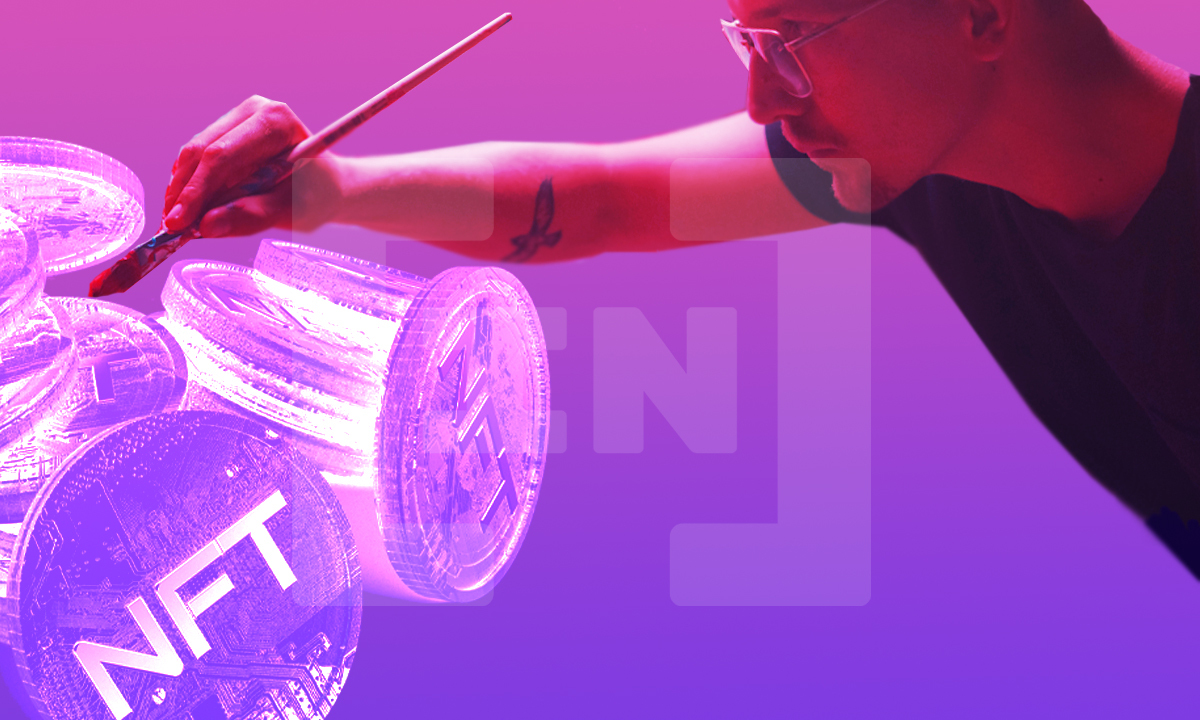Iconic Fashion Photographer’s Lifetime Catalog Finds Blockchain Home
2 min readKarl Lagerfeld, the former creative director of both Chanel and Fendi, and an accomplished fashion photographer, will have his 120,000-plus image catalogs moved to the blockchain.
The fashion mogul’s confidant and similarly prolific Chanel artistic director, Eric Pfrunder, came into Lagerfeld’s vast image collection after the latter’s death in 2019. Pfrunder didn’t take a standard approach when handling his newfound assets, such as an auction or gallery showing. Instead, he turned to the Lukso blockchain to store the photo collection.
The Lukso blockchain caters to the luxury lifestyle and fashion industry. The Lagerfeld addition will help to further its footprint in the fashion world. Other big fashion industry names like Gucci have also expressed interest in the possible creation of non-fungible tokens (NFT).
Pfrunder, who a member of Lukso’s advisory board, claims the crypto-forward move to be in line with Lagerfeld’s thinking.
Lagerfeld’s photo collection will gradually get released through exhibitions and books. These will eventually take on digital copies, limited editions, and other types of tangible merchandise. Pfrunder believes in blockchain’s ability to increase the options for authentication and visibility.

The NFT era
Because the collection will be stored on the blockchain, it could open up possibilities of NFT implementation.
Lukso’s co-founder, Marjorie Hernandez de Vogelsteller, reiterated that there is a growing demand for digital fashion. “People have so much interest in NFTs,” she remarked. “People are collecting things for bragging rights. Imagine what people would do to collect an NFT that’s an image of Karl and Eric.”
On a distributed ledger, an asset like a piece of art can continue its life through distribution and authentication. Digital identifiers or credentials on blockchain networks easily establish provenance and a chain of ownership. In essence, this allows for greater value to transfer alongside a piece of art or a designer garment.
Blockchain technology adds value in two ways. Primarily, it takes profits away from the trillion-dollar counterfeit market through immutable record-keeping.
Secondarily, it allows creators to reap the benefits of their intellectual property. This means that on secondary markets, the original creator of the product has the potential to see royalty payments throughout the life of their creation.
Pfrunder believes his move to digitize could help others in the industry see the use cases of blockchain.
The post Iconic Fashion Photographer’s Lifetime Catalog Finds Blockchain Home appeared first on BeInCrypto.




![Decentraland: Review & Beginner's Guide [current_date format=Y] 19 Decentraland: Review & Beginner's Guide](https://cryptheory.org/wp-content/uploads/2020/11/decentraland-02-gID_7-300x150.jpg)